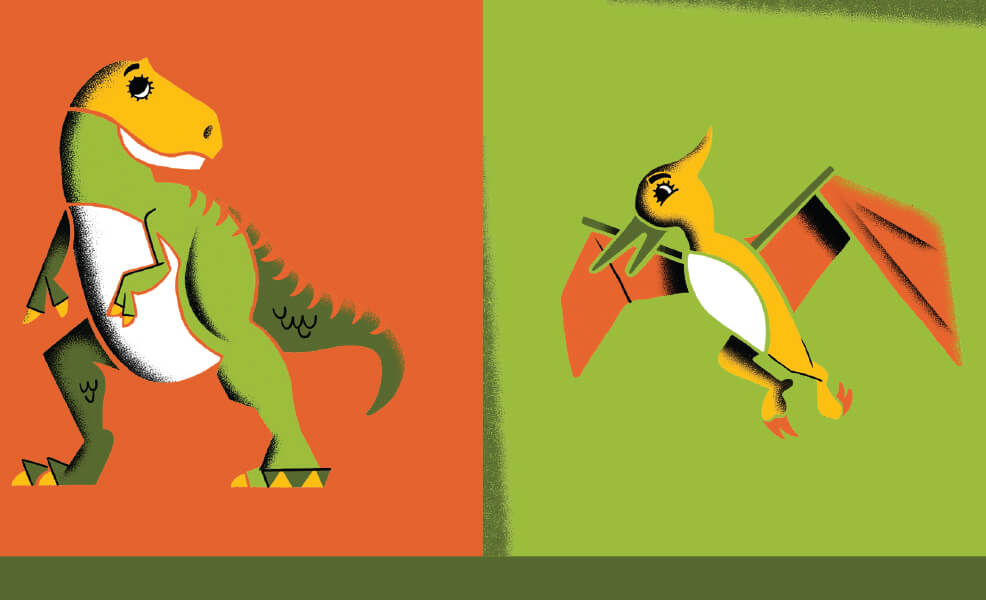
How do you start teaching young children about money? You talk to them in simple terms and work with examples that can make sense to them. At early ages you’re not preparing them for an economics degree, but you can at least start talking to your kids about the importance of value and saving. The bigger stuff can be introduced as they grow up.
Talk to them generally about how you work so you can make money to buy things you and your family need or want – such as groceries, school clothes, or vacations. Then give them a regular allowance or pay them for doing certain small chores around the house so they can see what money looks like and how they can earn a little. Tell them about saving money you earn and then using it to make purchases or pay bills. Show them how they can save too. Have them put their money in separate jars or piggy banks – one for things like inexpensive toys or books; one for more expensive things such as a cool pair of shoes; and maybe one that could be used on gifts for others. A clear jar will let them see the money they add, or a full piggy bank will weigh more over time.
As they save their money, talk to them about their coins or paper money and count it with them on occasion so they know their savings grows. “Look, you have 4 dollars! Last time we only had 3! One more and we can get that toy you want.” Let them know that you even have to wait to buy things. When you take your kids to the store, talk with them about how much some of the items they like cost. That can help them understand that they have more or less than that at home. “All you have to do is save 2 more dollars and you could buy that!”
Take them to the store when they have saved enough money to buy something they want, then let them pick the item out and hand their money to the cashier so they'll be excited as they learn the value of “this money for that thing.”You could even start teaching them a little about loans - how you sometimes need to borrow money if you promise to pay it back. “I know you have 6 dollars at home, so I’ll loan you the money now, and you can repay me with 6 of your dollars when we get home.” And when you get home, let them give you that money from their bank.
Teaching your kids about money when they’re young can help them on the road to responsibility as they grow up. Those little tips can make a big difference, and providing financial education embodies the movement’s ‘people-helping-people’ philosophy. The theme for this year’s Youth Month is “Be a Credit Union Saver and Your Savings Will Never Go Extinct.” Together, we’re encouraging our youngest members to open their own savings account (with a parent or guardian’s help), begin a habit of putting money into that account regularly, and learn how compound interest helps their account to grow.
As more Americans seek financial guidance and more credit unions begin to offer services like financial counseling, it’s essential to consider initiatives that also educate young members. If parents have trouble managing money, you can imagine that it’s going to be even more challenging for them to have conversations about money with their kids. Dakotaland Federal Credit Union can serve as an important ally for parents in their mission to teach their kids to be financially responsible. Providing this kind of support and education can help build long-term member loyalty.
If you have been wondering how to empower youth to save for their future, National Credit Union Youth Month is a great opportunity to start or boost your youth initiatives! Join us this April as credit unions across the country focus on educating youth about financial health. This year’s kid-friendly theme emphasizes the benefits of wise saving habits using fun dinosaur characters. This celebration is a great time to engage kids at Dakotaland Federal Credit Union and within your community to help them develop healthy money habits.
Get involved by using the Twitter hashtag @CUYouthMonth to let everyone know how your credit union is making a difference in young members’ lives.


